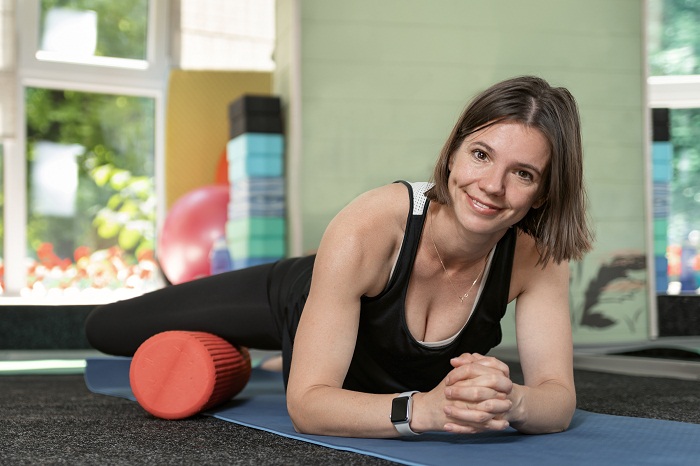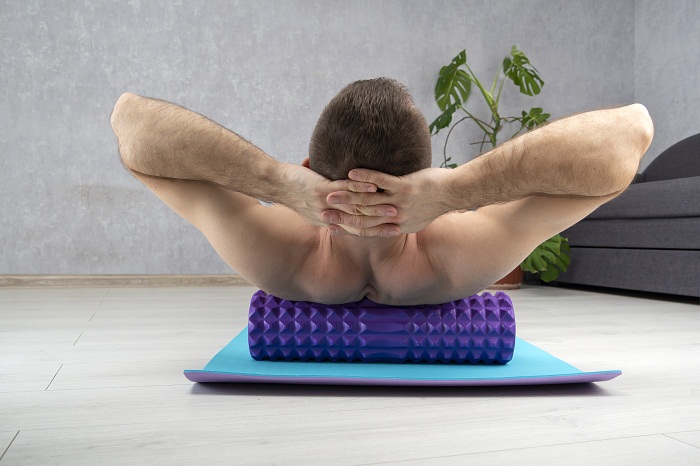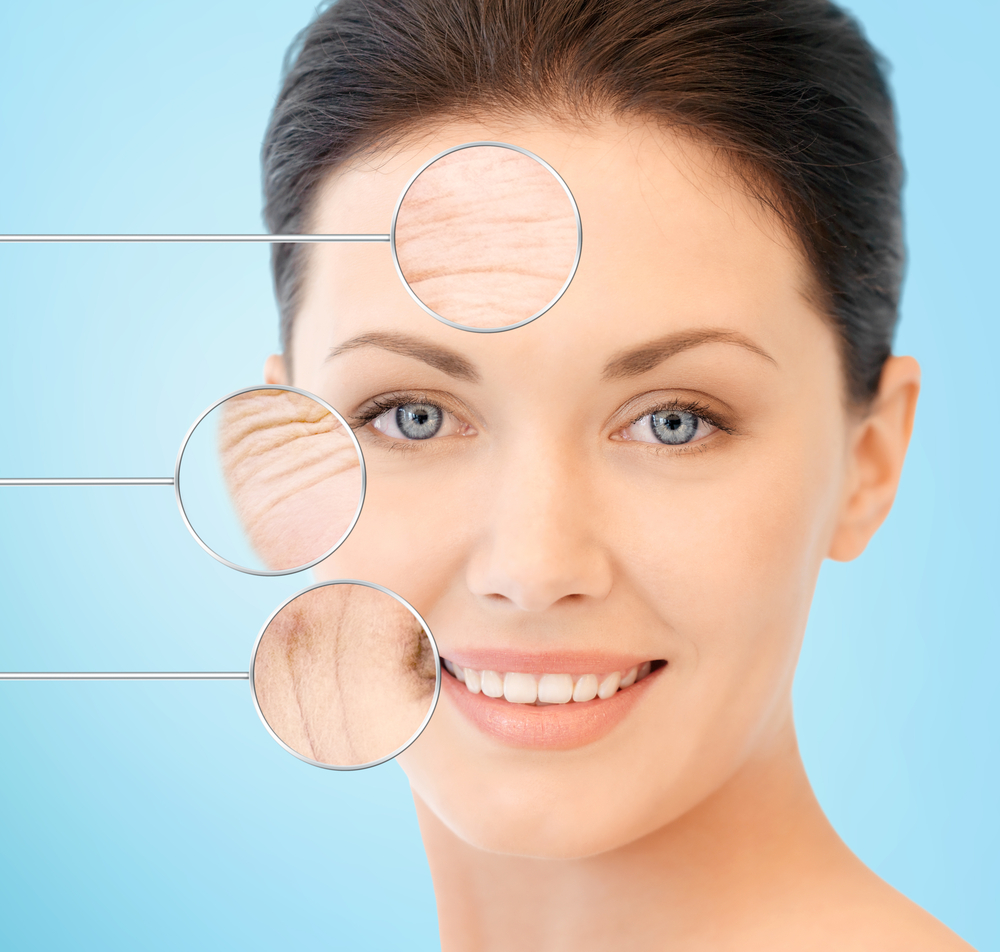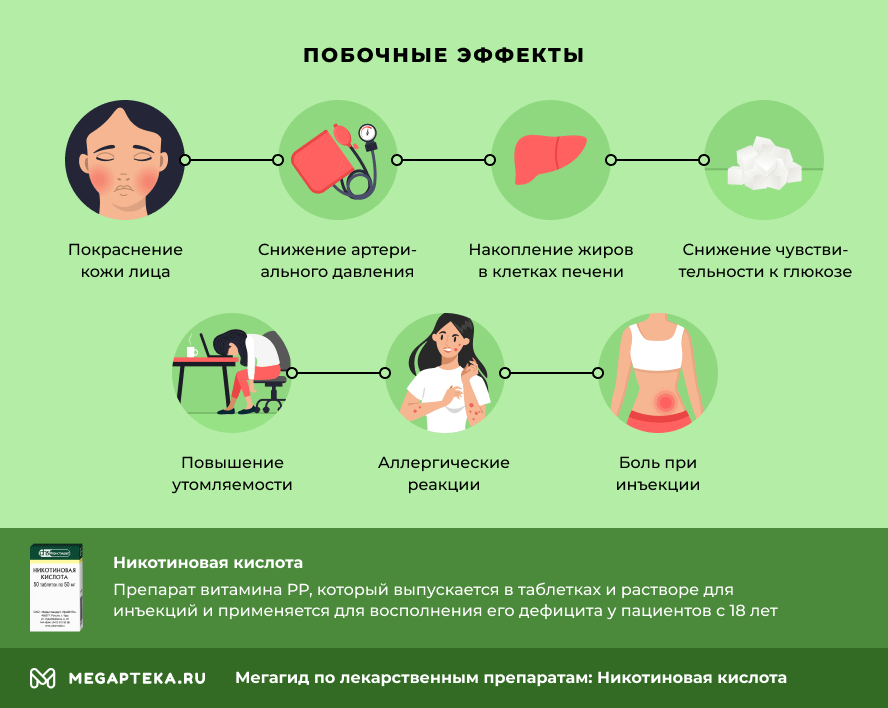The expression 'springtime vitaminosis' is well known. It is true that in spring and autumn, when the body is undergoing restructuring, some vitamins become imbalanced. However, there are cases when the body has a severe lack of certain vitamins that is not due to the season. Examples of this are metabolic disorders.

MFR training - what is it and why?

The popularity of a healthy lifestyle continues to grow. In response, the fitness industry is offering new opportunities. New trends, methods, techniques, devices and training systems are emerging with which you can achieve impressive results and which are still suitable for 'home fitness' on your own. Myofascial Release (MFR), a versatile tool for preparing for and recovering from strenuous exercise, has become one of those types of training that is gaining more and more followers.
What is MFR and how does it work?

MFR (Myofascial Release or Releasing) is a multifaceted workout, a specialized massage and self-massage technique that helps to relax deep muscles and fascia.
To understand how it works, let's turn to anatomy.
The word myofascia is composed of two bases - the ancient Greek μῠός (muscle, muscles) and the Latin fascia (band, bandage, band). All muscles in the human body - individual or groups of muscles - are woven from elastin and collagen fibers and connective tissue in a special case. This thin tissue is called fascia. It doesn't just surround the muscles, but performs a number of important functions:
- It separates the muscles from each other;
- reduces friction between them;
- supports the contracting muscles;
- directs muscle contraction;
- provides an anchor point for the muscle;
- forms a sheath for nerve bundles and vessels.
It is the fascia that gives muscles shape and flexibility, keeps internal organs in a stable position, ensures that joints and muscles function properly, and signals muscular imbalances.
In order for this system to work efficiently, the fascia must be flexible and easy to move.
Stress, lack of exercise, trauma or excessive strain can lead to negative changes. The fascia loses elasticity, shortens or becomes stiff, cell nutrition and metabolism in the tissues are disrupted, and so-called trigger points develop - places where the fascia adheres to the muscles, which causes discomfort, to say the least.
The myofascial relaxation technique gently 'rolls' specific areas - neck, shoulder girdle, lower back, front, back, inner or outer thighs - helping to release 'blockages'.
Pros and cons of a thread lift
Like any other beauty and rejuvenation treatment, thread lift has its advantages thread lift has its advantages and disadvantages.
The strengths of this technique include:
- The naturalness of the result. The previous facial features are retained and improved. There is no excessive tightening effect like a surgical facelift. You preserve your own individuality and increase your beauty.
- gentle effect. The Treadlift is minimally traumatic and is performed under local anesthesia.
- speed of intervention. An experienced doctor applies the threads within 1-2 hours, and the patient can go home immediately after the procedure.
- Suitable for all ages. The thread lift can be used to correct the first age-related changes at the age of 25-30, but also at an older age, if e.g. B. plastic surgery is not recommended due to health problems.
- Tightening of sensitive areas. Even in places where the skin is particularly thin and sensitive, such as B. around the eyes, Tredlift can be used. For example, goosebumps can be smoothed and the upper eyelid lifted without the need for blepharoplasty.
- Correction of specific imperfections. The thread lift is used both for general rejuvenation and to solve a 'specific' problem. For example, it is possible to only tighten the shape of the face or eliminate wrinkles on the forehead without affecting other areas.
- No scars or scarring remain. Thanks to the use of high-quality materials and the right insertion technique, the threads cannot be seen or felt through the skin.
- The threads continue to work even after they have been absorbed. A collagen skeleton forms around them under the skin, which continues to support the tissues even after the threads' biomaterial has been broken down and naturally removed from the body.
- Rapid rehabilitation. As soon as the threads are attached, you can move around in public again after just a few days. Full recovery takes an average of 2-3 weeks. The effect increases for up to 3 months.
- High security. The possibility of risks and complications is practically reduced to zero. But of course only if the intervention is performed by a qualified specialist using proven materials and a competent insertion technique. The Swiss Luxeface & Luxebody thread rejuvenation method is now considered the gold standard - it is based on extensive scientific research and is used by leading specialists worldwide. 10-year practice of use in Russia, CIS countries, Europe, America and Asia has proven the high effectiveness and safety of Luxeface & Luxebody mesonation.
- Long lasting result. The effect of lifting with threads can last up to 2-3 years. However, this depends on the age and facial features of the patient.
Indications and contraindications for the procedure

There are very clear indications and contraindications for thread lifting.
Thread lifting is indicated in the following cases:
- The appearance of wrinkles, including deep wrinkles;
- pronounced nasolabial folds;
- 'popping' of the face oval and eyebrows;
- A double chin:
- drooping eyelids;
- drooping corners of the mouth;
- cellulite (when threads are attached to the body);
- sagging skin (e.g. on the arms and thighs).
'Mode of administration of nicotinic acid'.
The route of administration depends on the chosen dosage form of the drug. Tablets or solution for injection.
Taking as a tablet: take orally after a meal with plenty of water. As a vitamin supplement, adults are recommended to take 2 tablets 2-4 times a day.
Children receive ½ or 1 tablet 2 to 3 times a day. The duration of treatment is 15-20 days in both adults and children.
Use as an injection: in adults with pellagra, administered intravenously, intramuscularly or subcutaneously, 1 ml of a 1%igen (10 mg) solution 2-3 times a day for 10-15 days. The maximum single dose is 100 mg, the daily dose is 500 mg.
'Side effects of nicotinic acid
- Increased sensation of hot flushes, reddening of the skin on the face and upper body, fever, headache;
- Rapid intravenous infusion can cause a sharp drop in blood pressure and dizziness;
- Long-term use can lead to accumulation of fat in the liver cells;
- Long-term use – increase in uric acid, AST, LDH, ALP in the blood, decreased sensitivity to glucose;
- Increased fatigue, mood swings;
- allergic reactions (rash, itching, urticaria);
- painful intramuscular and intravenous injections.
Vitamin deficiencies in the body have many consequences and require prompt supplementation and treatment of the condition. In the case of nicotinic acid, for example, severe diarrhea, skin problems and dementia occur. To restore the amount of vitamin B3, the doctor prescribes taking 'nicotinic acid'. It controls the metabolism of fats and carbohydrates in the body and is responsible for oxidative reactions in the body.
With hypovitaminosis or avitaminosis, 15-20 days of treatment is prescribed in the form of tablets or injections. During treatment, attention should be paid to possible side effects such as fever, headache and dizziness (especially with intravenous administration) and changes in blood composition.

- shin fascia.
- Clogged shoes - how to fix them.
- tibial fasciitis.
- The muscles of the lower limbs are.
- Shortening of the lower limbs.
- Manufacture of lower limb prostheses.
- Anatomy of the ligaments of the lower limbs.
- Shin extensor muscles (tibialis extensor muscles).
